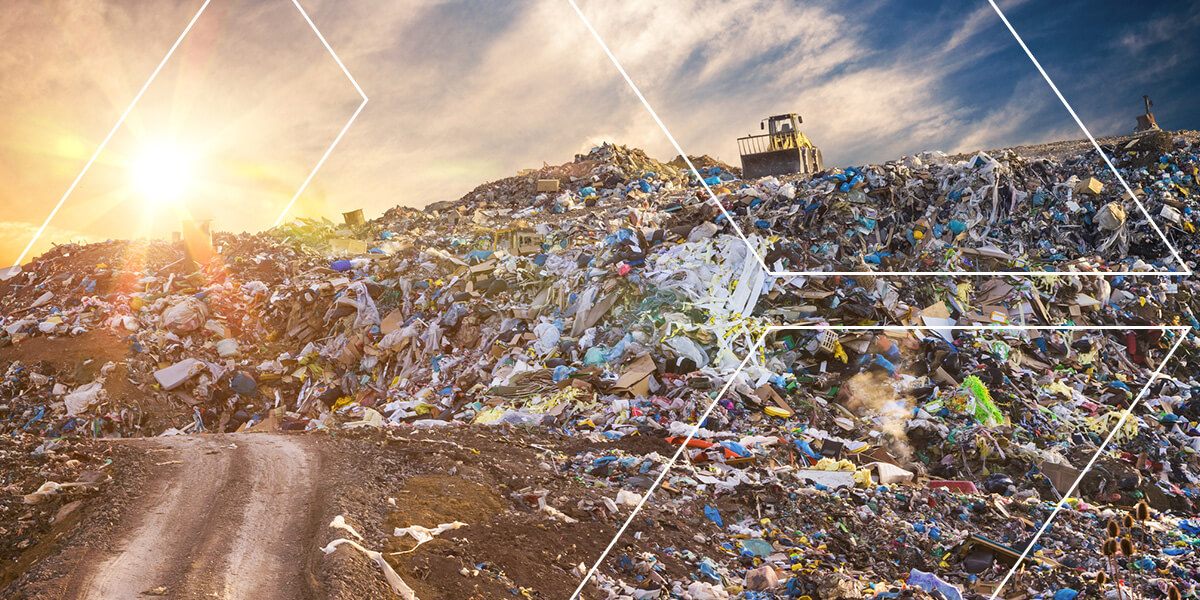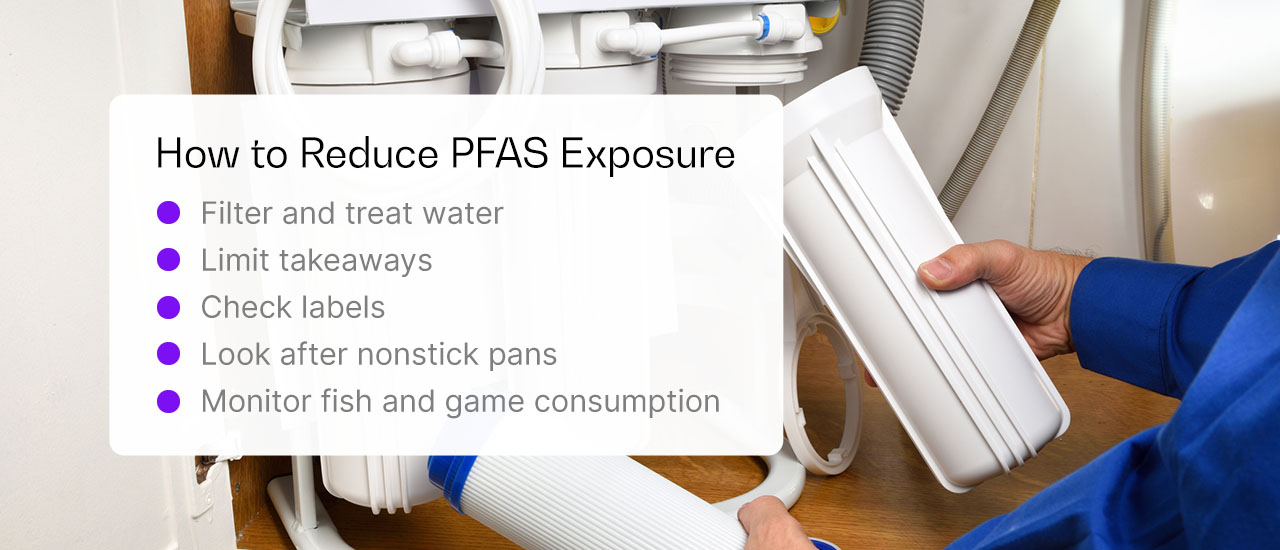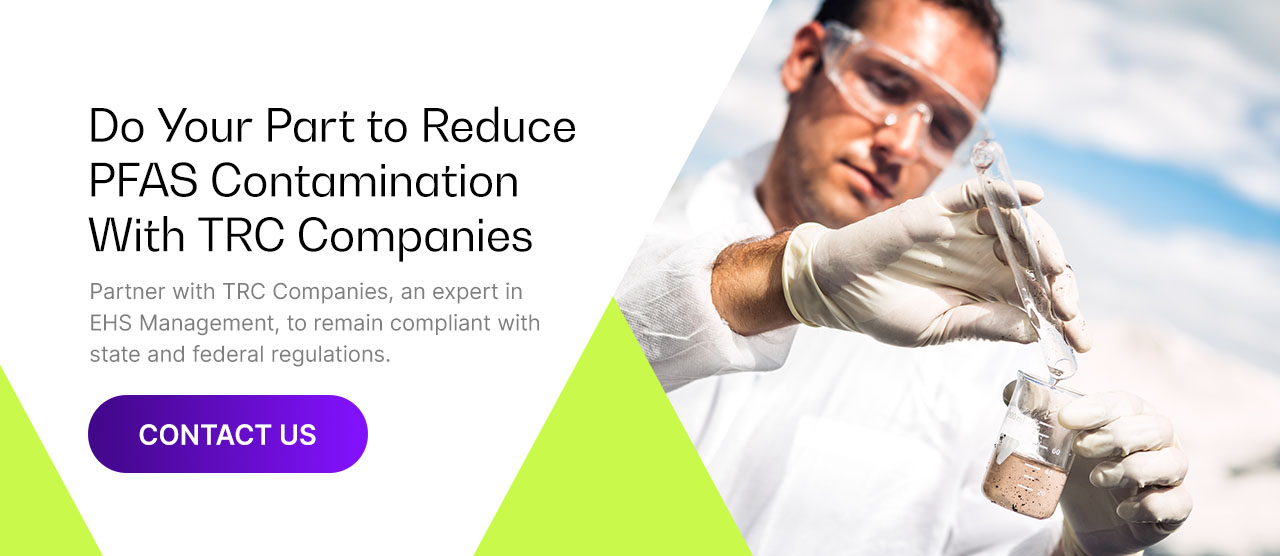Per- and polyfluoroalkyl substances (PFAS) consist of nearly 3,000 different chemicals. The various chemicals can adversely affect human health and the environment. Since the early 2000s, the Environmental Protection Agency (EPA) has regulated various PFAS to reduce exposure and contamination to protect public health and the environment. A significant challenge is that there are thousands of chemicals under the PFAs umbrella and each chemical’s impact is still being researched.
While some well-known PFAS chemicals are no longer used in manufacturing and other processes, many others are still used. They find their way into the environment where they can remain and accumulate for many years. It is essential to find ways to reduce PFAS exposure to protect the environment and humans.
Understanding the Lifecycle of PFAS
There are thousands of chemicals that make up the PFAS group. The various substances are created using different processes. Electrochemical fluorination (ECF) and telomerization are the two main methods to make PFAS. They’re then sent to manufacturers who use the chemicals to produce numerous consumer and industrial products, from cookware and personal care items to firefighting foam and stain-resistant textiles.
The widespread use of PFAS has enabled it to reach nearly every corner of the world, with PFAS recorded in ecosystems from the Artic to the Antarctic. PFAS can enter the environment in several ways, as they are found in many products. Here are a few ways PFAS can enter the environment:
- Manufacturing: PFAS can be released into the air during manufacturing. Manufacturing waste and sludge can spill into waterways and the soil, causing PFAS contamination.
- Landfills: Many products containing PFAS are left in landfills, including non-stick cookware, grease-resistant food packaging and waterproof clothing. PFAS can leach into the surrounding soil from these products.
- Biosolids: Fertilizers made from biosolids can contain PFAS, as traditional wastewater treatments don’t remove all PFAS from the system. These fertilizers are then spread on agricultural and forest land, where they reenter the environment.
- Household products: Paints, sealants and stain-resistant coatings can all contain PFAS, which is then released into the air when these products are used. Using carpets or couches coated with protective stain coatings can release PFAS particles into the air.
PFAS have a very long life span and can remain in the environment for many years as they take many years to break down. PFAS in the air can be absorbed by water sources and deposited into the soil. PFAS moves slowly through the soil to reach groundwater, and PFAS in water can be released back into the air. Without external intervention to remove PFAS from the environment, they can cycle through different systems for hundreds of years. They slowly accumulate and build to toxic levels, affecting the health of humans and animals.
Sources of PFAS Exposure
There are several ways humans can be exposed to PFAS, including:
- Water: PFAS can dissolve in water, reaching private and municipal water sources. Drinking the contaminated water exposes humans and animals to PFAS.
- Air: Breathing in PFAS-contaminated air around industrial areas or even in homes that use products containing PFAS.
- Food: PFAS has been recorded in fish and deer. Some plant species can also absorb PFAS through their roots, which can then transfer to humans and animals. Grease-resistant food packaging can contain PFAs which can transfer to the food over time or when heated.
- Personal care products: Some shampoos, cosmetics and dental floss can contain PFAS.
PFAS Exposure Risks
PFAS can affect the physical health of humans and animals. The chemicals accumulate over the years, causing severe diseases. In humans, PFAS has been linked to reduced vaccine responses and developmental delays in infants and children. Adults are also affected by PFAS, with increased cancer risks and lower reproduction rates. PFAS may also cause chronic diseases, including kidney disease, diabetes and liver disease.
Less is understood about the effect of PFAS on animal health, but studies have shown that PFAS can be linked to lower reproduction rates in birds and physical developmental delays in sea turtles. Some studies indicate that PFAS may cause liver, thyroid and kidney disease in dogs and cats.
What Individuals Can Do to Reduce PFAS Exposure
Limiting PFAS exposure to protect human, animal and environmental health is essential. The ubiquitous use of PFAS can make it challenging to prevent PFAS exposure entirely, but there are several steps individuals can take to reduce PFAS exposure. Here is how to reduce PFAS exposure:
- Filter and treat water: Test drinking water for PFAS at a state-certified laboratory. Carefully choose a filtration method that removes as much PFAS as possible. Reverse osmosis and activated charcoal are two of the best filtration methods to reduce PFAS in water.
- Limit takeaways: PFAS resist heat, grease, water and stains, making them ideal for takeaway packaging such as pizza boxes. Limit takeaways and eat at home as much as possible. Remove any food from takeaway packaging as soon as possible to decrease the chance of transfer. Avoid heating takeaway food in their packaging as heat may speed up PFAS absorption.
- Check labels: Look at the labels on everything from cosmetics to household items for PFAS. Words that contain fluoro or perfluoro are PFAS.
- Look after nonstick pans: Nonstick coatings on pans typically contain PFAS that may leach into food at high heat when the coatings are scratched. Replace scratched nonstick pans as soon as possible.
- Monitor fish and game consumption: PFAS has been recorded in fish and game. Look out for state consumption advisories and limit consumption accordingly.
How Businesses Can Help Reduce PFAS Exposure and Contamination
An ideal solution to reducing PFAS exposure and contamination would be to stop using them altogether. However, their beneficial properties mean that PFAS are critical to producing many products. To limit PFAS release, businesses should comply with state and federal laws regulating the use and release of PFAS. Implementing systems to remove PFAS from the air or water before releasing it into the surrounding environment is another way to limit PFAS contamination.
PFAS can also be removed from contaminated sites and businesses can invest in cleaning up these sites as part of a corporate social responsibility strategy. Implementing water filtration systems can prevent PFAS from entering a facility, protecting staff from PFAS exposure at work.
Do Your Part to Reduce PFAS Contamination With TRC Companies
A practical and comprehensive Environmental Health and Safety (EHS) Management strategy is essential to reducing PFAS contamination. Partner with TRC Companies, an expert in EHS Management, to remain compliant with state and federal regulations. Our subject matter experts work closely with businesses to integrate environmental, energy and corporate strategies to create long-term value and make informed decisions about PFAS compliance and operational efficiency.
Contact us today to learn more about reducing PFAS contamination!




